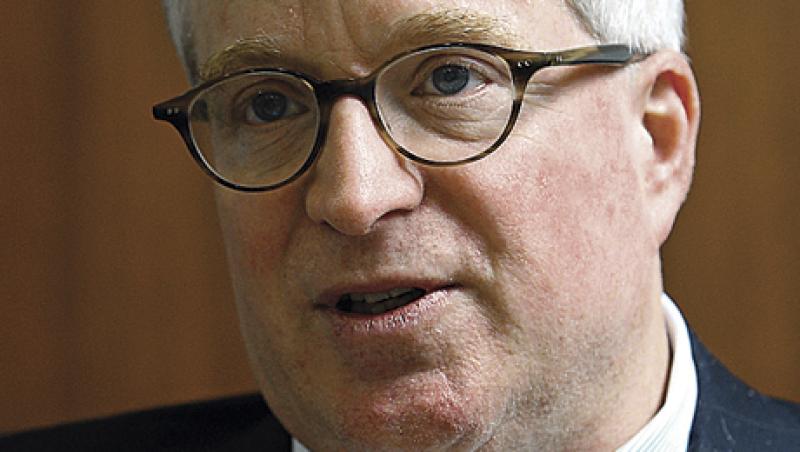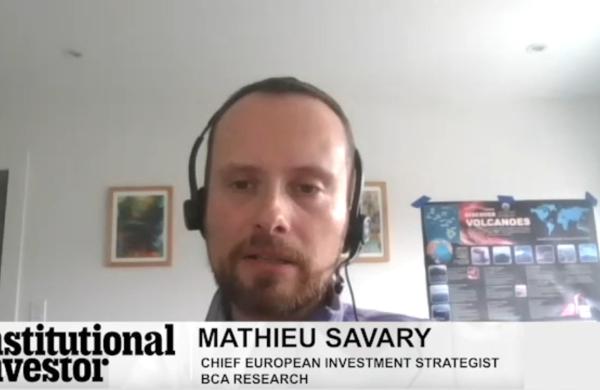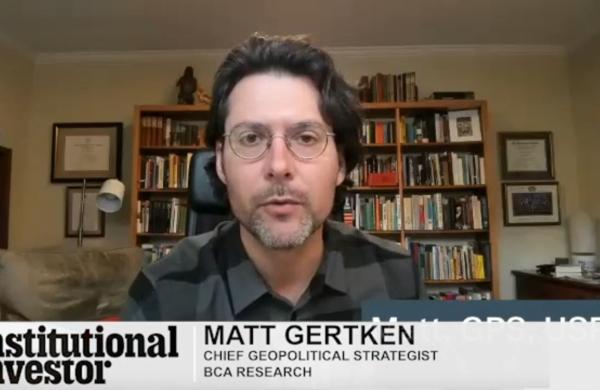Scott Kalb, former chief investment officer of Korea’s $45 billion-plus sovereign wealth fund, Korea Investment Corp., knows how to take smart risks. Hired by KIC in 2009, Kalb, 56, reorganized the investment team and stabilized KIC’s loss-making investment portfolio — which was then worth just $19 billion — by recalibrating its approach to risk management, diversifying its holdings and implementing a long-term investment culture and discipline. The results have been dramatic. Over the three years of his tenure, through March 2012, KIC’s portfolio has delivered annualized returns of 12 percent. Although Kalb’s term as CIO came to an end on March 31, he remains an adviser to KIC through June 30 and continues to work closely with his successor, Dong-ik Lee, who previously ran KIC’s private markets group. In April Kalb spoke with Institutional Investor London Bureau Chief Loch Adamson about global investment risks and the opportunities he sees for KIC.
What changes did you make to KIC’s strategic asset allocation model when you arrived?
Kalb: We reorganized our strategic asset allocation model around risk. Broadly speaking, we divided assets into three categories, or risk buckets, and each category has three sectors. The first category is growth, and we put public equity, private equity and credit into that risk bucket, since each of those ought to be growth drivers, depending on the economic environment. The second category is stable value, which we think of as providing a stable source of income, rather than an opportunity to shoot for returns — and it also helps lower the volatility of our portfolio by delivering good diversification in the event of any craziness in the equity markets. We allocate government bonds, hedge funds and cash to that bucket. The third category is for real-return assets, and that is where we put commodities, inflation-protected bonds and real estate.
Where do KIC’s strategic direct investments reside?
The strategic investment portfolio is separate, because it’s not part of the asset allocation model. It’s opportunistic. With all of those other strategies, you can make an asset allocation plan and then work to implement it. Strategic investing depends on what’s out there in the markets — and the returns are always going to be lumpy, which can distort your asset allocation model, so it’s better to keep this strategy separate.
Do you take a different asset allocation approach when making those investments?
We take a barbell approach. On one side, we are looking to invest in sectors where we see a structural deficit in the Korean economy, for example, natural resources. Those investments help act as a hedge on the overall economy as well as provide returns. On the other side, we invest in sectors where we may see some synergies for Korean firms — clean technology, industrials or advanced materials, for example.
How do you source those opportunities?
We source them from our peer group and from the market. Increasingly, we’re finding that companies are coming directly to sovereign institutions to source capital — there is a process of disintermediation taking place, and I think that trend is going to continue. Sovereign wealth funds are a fairly new phenomenon, but their power and influence is destined to grow. Companies are reaching out directly to sovereign institutions because they not only control large pools of capital but also have a very long-term investment orientation.
Are sovereign wealth funds increasingly likely to partner with each other to make direct investments?
I think partnerships are going to be the wave of the future. We have recently teamed up with several other sovereign institutions to make direct investments — seven individual transactions to date, representing billions of dollars. And when you do that, you deepen your network, lower the cost structure for everybody involved and share your know-how.
What advice would you give portfolio managers dealing with current economic issues?
The key is to be countercyclical. You don’t want to be cavalier about it, but you want to lean into risk when it makes sense to do so. You have to be careful, but there are terrific opportunities out there in certain markets — like Europe. We’ve seen some great, well-established European companies priced as if they were about to go away, but they’re not. Investing in these kinds of assets is going to make a lot of money in five or ten years. As an investor, you just have to have the right attributes to withstand short-term price volatility until you get there.
Has the European debt crisis affected your use of government bonds?
Traditionally, you didn’t use government bonds in your portfolio to make money — you used them to provide stability and bring in a little bit of cash flow. They were seen as safe assets. But these days, government bonds are sources of enormous risk: duration risk, because interest rates are so low, and credit risk, because debt levels are so high. Those risks are creating havoc with a lot of firms’ asset allocation models, including ours. I think it’s less problematic for sovereign wealth funds because they can afford to take a very long-term view. But there’s no question that the crisis gives us a headache, as we still need and want to invest a good portion of our portfolio in bonds.
How do you view equity investments?
This is an unusual moment to invest in equities. It’s the first time in more than 50 years that the average dividend yield in the stock market is higher than investment-grade bond yields, which means you’re getting the capital appreciation potential for free. Basically, investors are getting paid to take that option risk. I recently looked at some historical data and discovered that there was a long period in the early part of the 20th century when this happened previously — when dividend yields were higher than bond yields, because it was a time of successive world wars and tremendous economic instability as the U.S. came out of the Great Depression. But we haven’t seen a situation like this since the 1950s or 1960s — and now it is back again. Our generation has never lived with this before.
What asset classes or investment opportunities are you particularly excited about?
I think there is enormous opportunity in real estate right now — in Europe and the U.S. Over the past decade we have seen a historic gap develop between fixed income and real estate. For example, U.S. Treasuries went up by 65 percent during this period of time, while U.S. home prices declined by 35 percent. I can’t tell you if it’s the bottom of the market in real estate, but I can tell you that the long-term prospects for returns on government bonds or investment-grade securities look pretty slim to me. By comparison, real estate has been badly beaten up and looks attractive, so I think it’s a natural place to look for opportunities.
How do you anticipate deploying fresh capital — in public or private markets?
When I came into this organization three years ago, I did a survey and realized that the average sovereign wealth fund had about 35 percent of its assets in what I call nontraditional private market strategies. We were then at zero, so my goal was pretty clear. Since then we’ve put about 15 percent of our assets into those areas, and the government has recently approved an increased deployment of 20 to 30 percent of our assets into alternatives and strategic investments. Dong-ik Lee, my successor as CIO, is the perfect guy to do that because he was in charge of private markets previously — and his appointment clearly signals where KIC’s emphasis is going to be in the years ahead.






